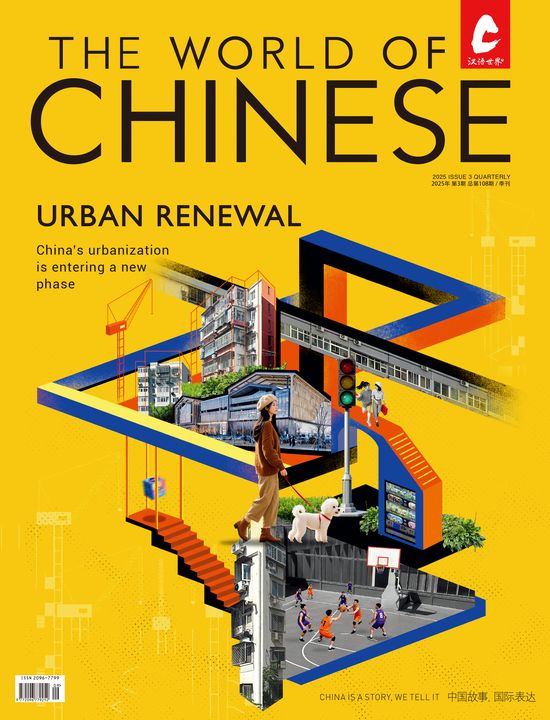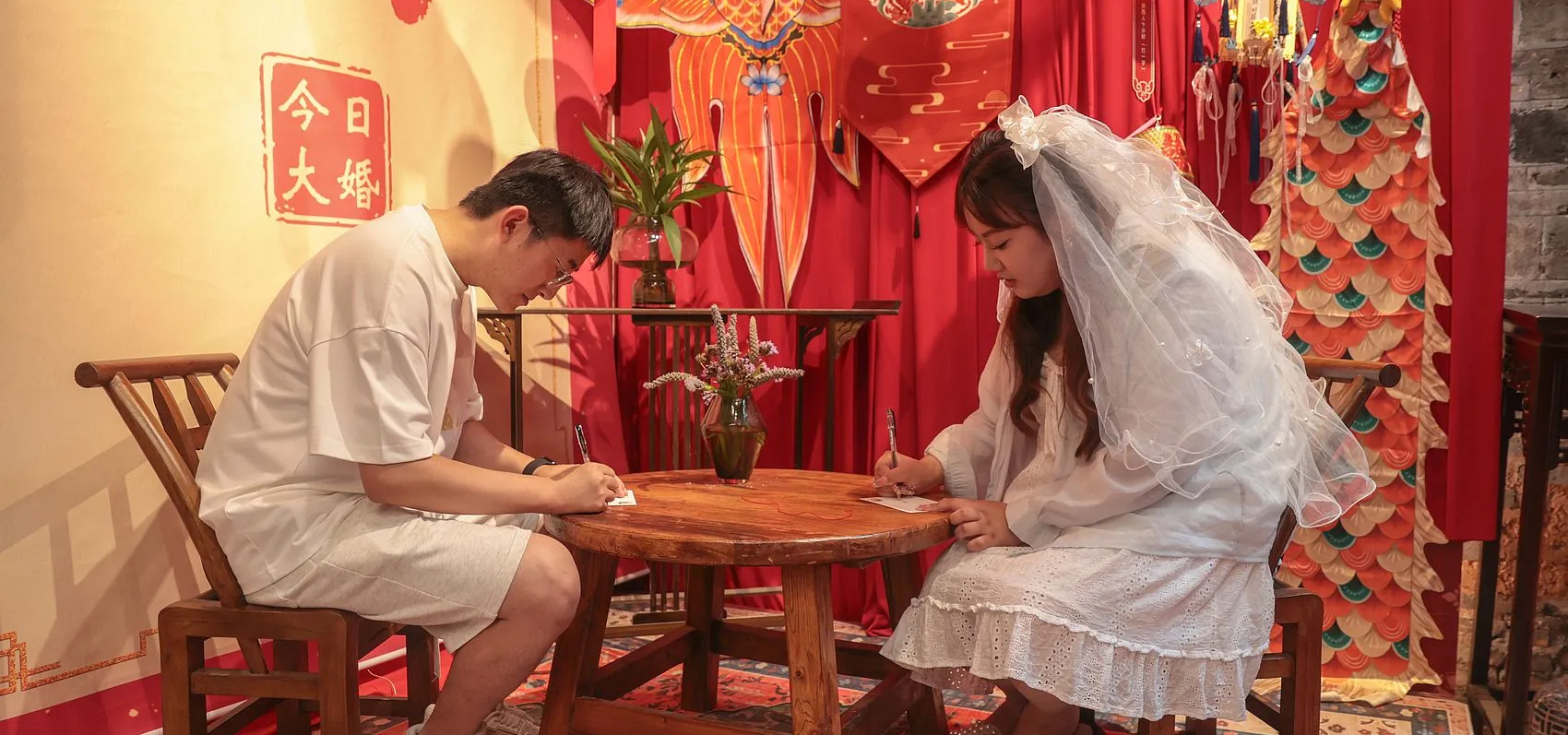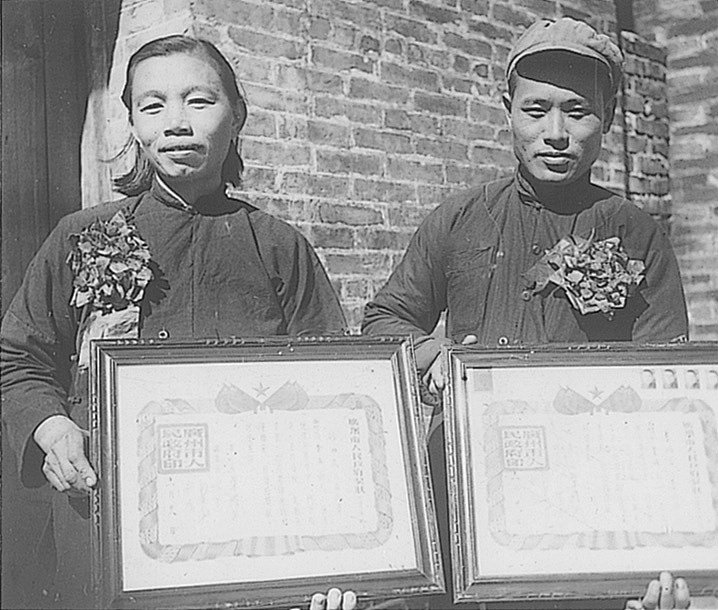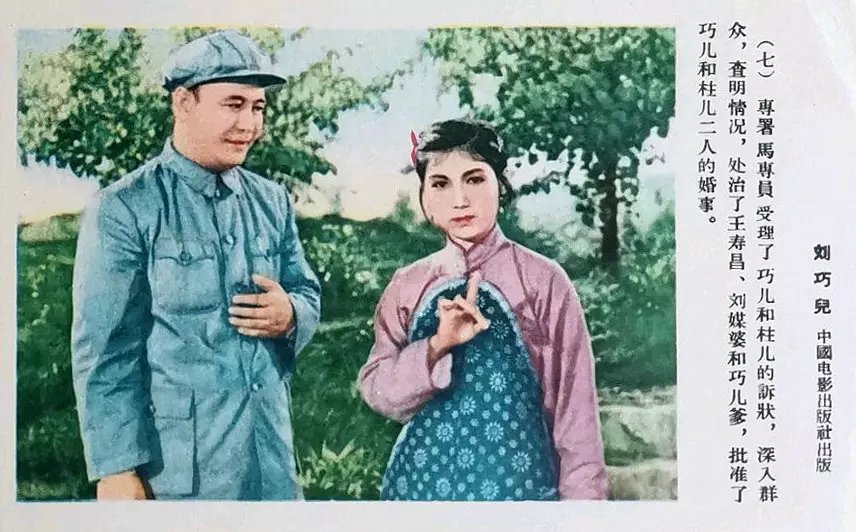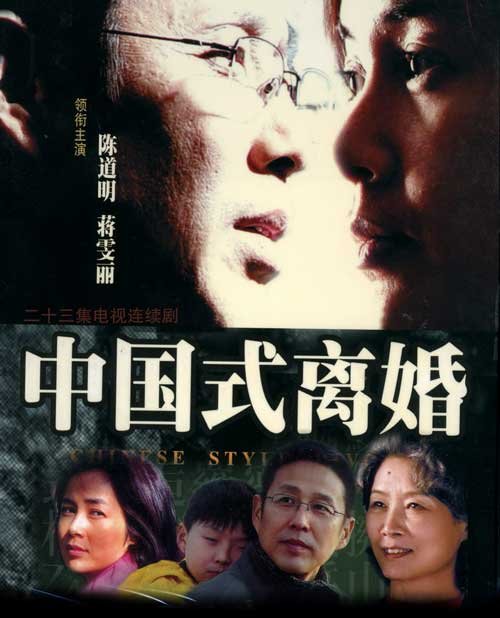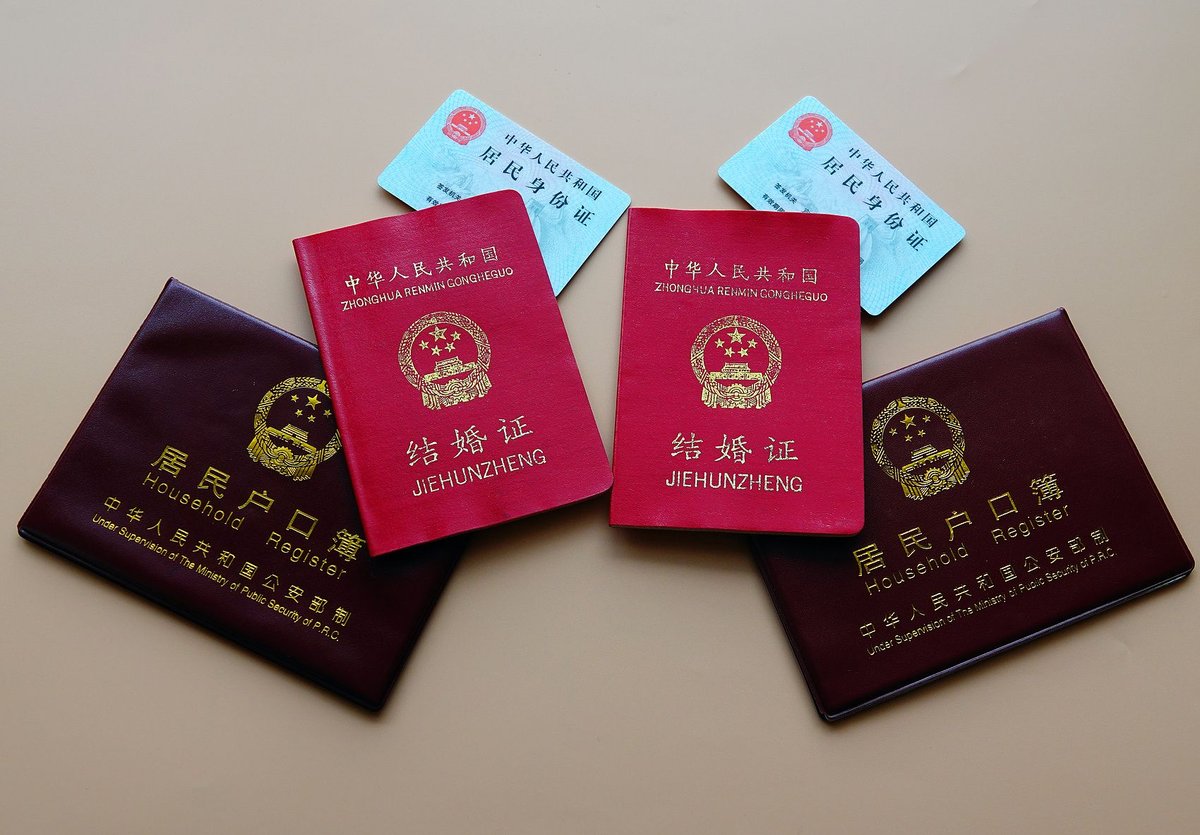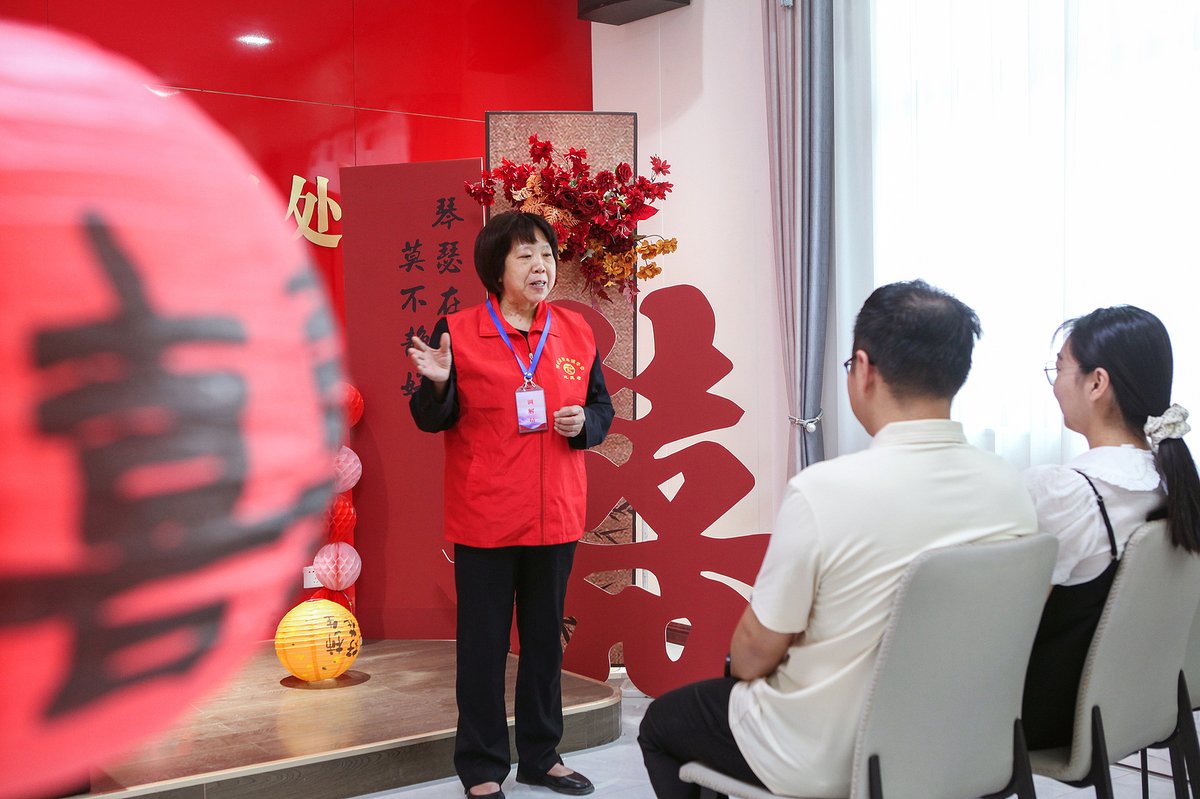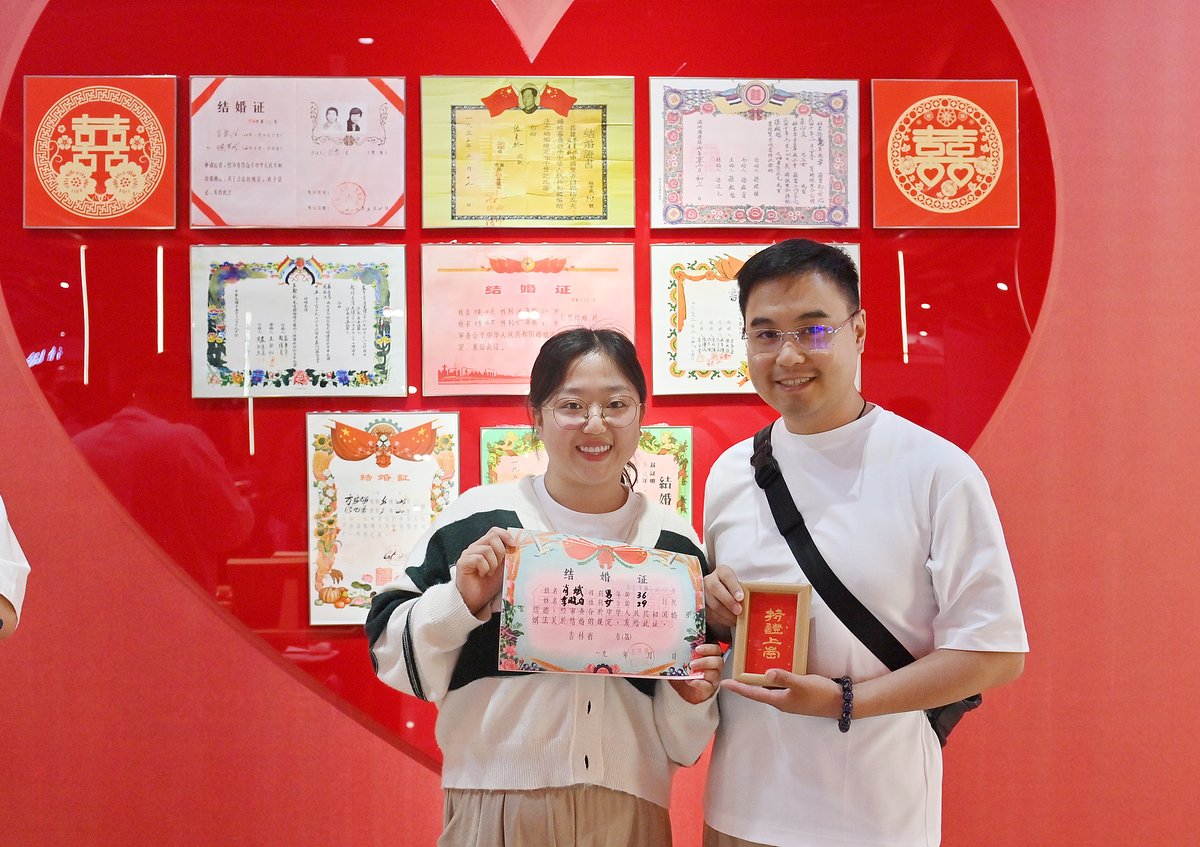On the 75th anniversary of China’s first marriage law, a look back at how far the legal framework has come, from advancing women’s rights to addressing the demographic crisis
On May 10, 2025, China rolled out its biggest marriage registration overhaul in over two decades. Couples can now register outside of the jurisdiction where their household registration, or hukou, is located, easing the process for potentially 376 million people—over a quarter of the country’s population—who live away from home.
Revisions to China’s marriage law have never been purely legal tweaks—they mirror deeper shifts in social structure, gender roles, and economic realities. The latest update, introduced amid a falling marriage rate, has reignited debate over fair asset division in divorce, gender equality, and the very role of marriage in today’s society.
This year marks the 75th anniversary of China’s first official marriage law—a fitting moment to reflect on how far the nation has come, tracing the evolution of public attitudes, family structures, and gender roles.
Read more about love and marriage in China:
- Before Forever: The Rise of Prenuptial Agreements in China
- Lonely Hearts Transformed: The Evolution of Chinese Marriage Advertisements
- How China’s Declining Marriage Rate Soured the Candy Industry
Breaking old, building new, and women’s liberation
Even before the founding of the new China, in 1931, the revolutionary base areas led by the Communist Party of China had already passed regulations that banned arranged marriages, polygamy, and child brides. It also upheld the right to divorce, stating that for marriages lasting over a year, property accumulated through the joint efforts of both parties should be divided equally. The man was obligated to financially support the woman, often meaning he would help farm her land until she remarried.
China’s first official marriage law, enacted in 1950, drew heavily from the 1931 plan, with the primary mission being to liberate women from the oppressive legacies of a feudal system that had endured for millennia and to promote marriage freedom, monogamy, and gender equality.
Deng Yingchao, then vice-chair of the All-China Women’s Federation, saw unconditional divorce as essential for women’s liberation. Unsurprisingly, her stance faced severe pushback from conservatives, who called the proposed legislation a “divorce bill,” warned of social instability, and accused it of encouraging extramarital affairs. The final law was a compromise, requiring mandatory mediation before a divorce could be granted, though in practice, courts often approved the divorce regardless.
The bill’s detractors’ concerns weren’t completely unfounded, and its enactment ushered in a brief period of social turbulence, with divorces soaring across the country. Around 410,000 cases were filed in 1951 alone, more than doubling the previous year. Some divorce-related disputes also had fatal consequences: According to estimates from the Judicial Department of the Central-South Military and Political Committee, within two years of the law’s enactment, the annual death toll linked to marital disputes was estimated to be 70,000 to 80,000 nationwide.
However, cultural shifts did follow. In the hugely popular 1951 traditional opera Liu Qiao’er (《刘巧儿》), for example, the eponymous protagonist fights against her arranged marriage in favor of her own happiness, signaling a gradual acceptance of the reforms.
The bounds of love
Marriage law underwent its first major amendments in 1980. The legal marriage age was raised from 20 to 22 for men and from 18 to 20 for women, effectively delaying matrimony and childbirth. These changes aligned with family planning policies of the time, promoting “quality birth-giving” and smaller family structures through the one-child policy, which would remain the norm for the next 36 years.
At the same time, the grounds for divorce shifted from “if one party insists” to “an irretrievable breakdown of affection,” prioritizing emotional bonds over marital obligation.
A notable divorce case that drew widespread public attention and helped catalyze the 1980 legal reforms was that of Yu Luojin. After serving three years of hard labor during the Cultural Revolution for political comments, she moved back to Beijing in 1974 and married a local worker in 1978 to secure residency rights. In 1980, citing incompatibility and a loveless marriage, she filed for divorce. Her husband contested the divorce, accusing Yu of using him to secure Beijing residency. The court ultimately ruled in Yu’s favor, denouncing “marriages of convenience” and calling the loveless marriage “a cage for both parties.” The ruling set a precedent and underscored the shifting public discourse on marriage, morality, and female autonomy.
Divorce rates again saw a small surge during this period, climbing from approximately 285,000 in 1978 to 428,000 in 1982. But that didn’t mean people had stopped believing in love. On the contrary, romantic dramas, especially those by famed Taiwanese writer Qiong Yao, were more popular than ever. Marriage rates also spiked, with over 10 million couples tying the knot in 1981, up from just over 6 million in 1979. In a way, the new marriage law simply gave couples more freedom—to marry for love and to leave a loveless union.
However, proving that a couple had fallen out of love and defining an “irretrievable breakdown of affection” remained a problem in legal practice. Eventually, the Supreme People’s Court established a series of secondary divorce criteria in 1989, including defining “three years of separation” as an indication that the marriage had broken down.
Marriage in the market economy
Fast forward to 2001, and China’s economy was entering a period of rapid growth. In this reinvigorated market economy, new revisions were introduced to address how property and assets should be divided in marriage and divorce. Spouses could now agree in writing on how to divide their property—whether assets acquired during the marriage or those owned beforehand—choosing to keep them individually owned, jointly owned, or a mix of both. Clauses against domestic violence were also outlined for the first time.
Although divorce could still impact the careers of government officials and state-owned enterprise employees, changing public attitudes and the rise of the private sector gradually made it more socially accepted. And in 2003, the government introduced a new bill that significantly simplified the divorce process. Couples seeking a voluntary divorce no longer need to present an acknowledgement letter from their workplace. The one-month review period after the filing was also scrapped, requiring registrars to process same-day divorces for couples who agreed and had settled terms. That year, divorces spiked, with 1.33 million cases filed—a 13 percent annual increase and a historic peak since 1949.
The Civil Code era
In 2020, the Marriage Law was officially codified in the Civil Code of the People’s Republic of China, which went into effect in 2021. Following a U-turn on the 2003 policy, a 30-day “cooling-off” period was introduced again, aimed at curbing “impulsive divorces.” This measure, intended to salvage rising divorce rates and counter an aging demographic, attracted considerable backlash due to its potential to trap women—who make up the vast majority of domestic abuse victims—with their tormentors.
In extreme cases, the policy has led to fatal consequences. In July 2023, Zhou Xue (pseudonym), a woman born in the 1980s, filed for divorce after enduring repeated infidelity and abuse. Her husband, Zhao, signed the agreement initially during the 30-day cooling-off period but began harassing her and her family later. Pressured by threats, Zhou agreed to meet him, accompanied by six relatives and friends. But Zhao attacked them with a knife, killing Zhou and injuring several others.
While some dismissed these incidents as isolated cases and pointed to the sharp drop in divorce registrations in 2021 as proof of the regulation’s effectiveness, data from the National Bureau of Statistics paints a more complex picture. By 2023, the crude divorce rate—a key metric reflecting trends in marital stability across the population—reached 2.6 per 1,000 people, or 3.6 million divorces, according to the Ministry of Civil Affairs, its highest level in three years.
Marriage rates have also steadily declined since 2013. In an effort to reverse the trend, the 2025 legal revision simplified the marriage registration process, allowing couples to register at any office with just their national ID. Some local governments have even offered monetary incentives to couples and set up temporary registration booths at music festivals to boost marriage rates among young people.
Property clauses in the new Civil Code also continue to prioritize individual ownership over shared marital assets. Since the 2001 revisions, assets acquired before marriage are classified as individual property. The new rules stipulate that property ownership rights typically remain with the buyer—often the husband or his family. This change was seen as a move to curb “marriage fraud” scams, where individuals would demand property rights or financial gifts as a precondition for marriage, only to back out after securing such benefits.
The realities behind legal texts
The number of couples getting married in China has more than halved over the past decade, falling from 13 million in 2014 to just over 6 million in 2024. Rising housing costs, persistent gender imbalances, and an increasingly competitive job market have all contributed to the decline, especially in major cities where young people are prioritizing their careers over marriage.
Women, in particular, are more reluctant than ever to marry. Encouraged to “lean in” professionally but still expected to bear most caregiving and homemaking duties, women remain disadvantaged in marital property rights, leaving many economically vulnerable in the event of a divorce.
While laws like the 2021 Civil Code introduced housework compensation to acknowledge unpaid domestic labor, implementation so far has yet to create a level playing field. Under the guideline, a spouse who assumes a larger share of household labor can seek financial compensation upon a divorce. However, in practice, such claims are rare and often nominal, failing to reflect the true economic value of unpaid work. Therefore, many believe the current marriage law encourages women to prioritize career success and financial independence rather than depend on marriage for social or financial security.
Seventy-five years on, China’s marriage laws have evolved with the times, aiming to advance women’s liberation, maintain social stability, address economic realities, and tackle demographic challenges. While legal reforms often lag behind social realities, each revision has sought to resolve the most urgent conflicts of its era. Now, policymakers face one of their biggest challenges yet: Can China’s marriage law adapt to a generation increasingly skeptical of marriage itself?
